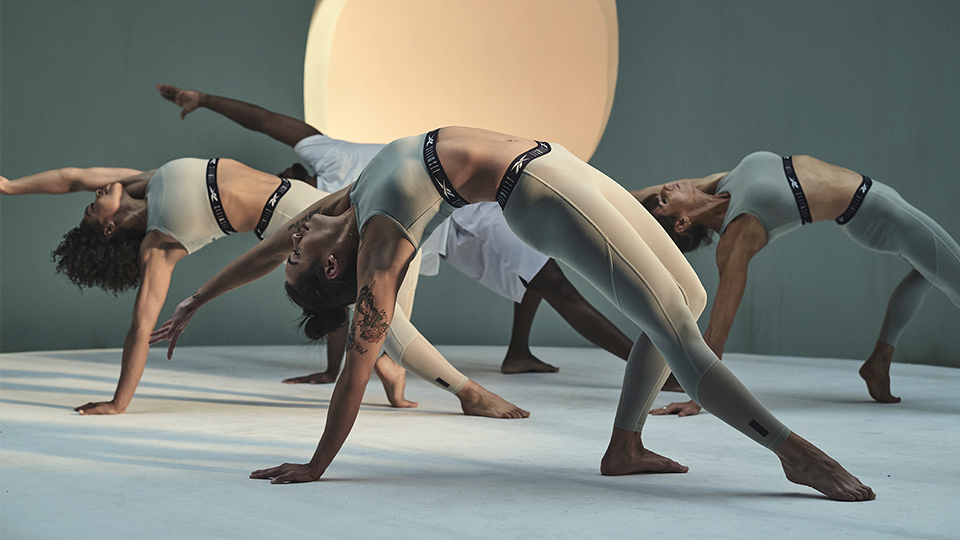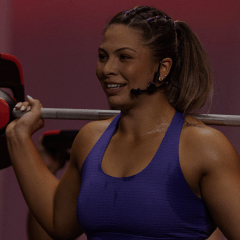Read on and you’ll discover:
- The difference between peripheral and central fatigue
- Why microfailure of our muscles is a good thing, and how to balance your training so you don’t reach macrofailure
- How to recover from peripheral fatigue. (Including the truth about compression clothing, foam rolling and massage)
- How to recover from central fatigue, with research showing remarkable changes can occur in just two weeks.
The idea of recovery sounds lovely, much needed in fact. But what do I need to recover from? From the tough workout I did earlier? From all the stress and worry Covid has launched on us? From my endless juggle with homeschooling? Or from the few too many wines I had on the weekend?
For many of us, it can be hard to know. The concept of recovery is still in its infancy and confusion abounds.
When thinking about recovery – particularly exercise and recovery – the first thing to understand is the difference between peripheral fatigue and central fatigue. Peripheral fatigue is where we exhaust the muscular unit, and it typically comes from physical activity. Central fatigue is the ability of our brain to generate nerve impulses that stimulate our muscles into action. Both peripheral and central fatigue lead to reduced capacity for maximal performance and both can be effectively managed – but how to do so differs for each.
How to deal with peripheral fatigue
Peripheral fatigue is where we become fatigued in the muscular unit during a workout and lose the ability to produce force. This generates microfailure in our muscles, and usually it’s a good thing. The exercise-induced fatigue breaks down muscle tissue, then the repair process kicks in and this repairs our muscle tissue to a state where it is better than it was before. This is why strenuous exercise with the right recovery creates the positive physiological response that makes us better, fitter, stronger.
The golden rule is to always have a full day of recovery each week. That is at least two sleep cycles with no structured exercise.
The problem is when microfailure becomes macrofailure. If we are overzealous with training and don’t have sufficient rest, our muscles don't have the opportunity to rebuild and become stronger. This can lead to progressive decline, which halts training gains and increases injury risk.
“It can be like balancing on a tightrope,” says Bryce Hastings, Les Mills Head of Research. “We need to push ourselves hard enough to improve, but not too hard without sufficient recovery to prevent macrofailure of muscle tissue and overuse injuries.”
High-intensity interval training (HIIT) fans should be particularly cautious of macrofailure. HIIT is undoubtedly one of the most effective ways to generate intense physiological changes, but it can stimulate overtraining and wreak havoc with your sleep and mood. HIIT dramatically spikes cortisol (the hormone produced by your adrenal glands) and these short bursts of cortisol are what helps muscle tissue repair and adapt. But overdoing HIIT can result in elevated chronic levels whereby cortisol becomes a problem. It can lead to joint pain, fatigue and mood disturbance, and reduced ability to recover.
Research shows the key to successfully navigating peripheral fatigue is having a well-balanced training routine; 50-60 percent cardio, 30-40 percent strength, and 10 percent mind/body or flexibility and mobility. If you are doing HIIT, you can get the right dose by ensuring your heart rate is in your max training zone for just 4 – 9 percent of your total training volume. Consistency is also important. Changes in intensity or volume of greater than 10 percent can lead to increased injury risk.
There is some evidence that wearing compression clothing post-workout can speed up your peripheral fatigue recovery, and foam rolling can also be beneficial.
If you’re just starting out, experts recommend making slow, gradual changes to your training routine. “Our cardiovascular system responds to exercise more quickly than our musculoskeletal system,” explains Hastings. “This can be a problem when starting out as you get fitter, faster, so you can push your body harder, but your musculoskeletal system hasn't adapted at the same rate. This can lead to injury.”
The golden rule is to always have a full day of recovery each week. That is at least two sleep cycles with no structured exercise. It is also important that you drink sufficient water, aim for five or more servings of fruit and vegetables, each day and fuel your body with adequate protein.
There is some evidence that wearing compression clothing post-workout can speed up your peripheral fatigue recovery, and foam rolling can also be beneficial. In recent years, cold water immersion has become a hot topic among elite athletes and hardcore exercisers, but research throws cold water on the idea of submerging yourself in a bath of ice. It seems that ice baths can decrease the generation of protein in muscles and are therefore not helpful for repairing and building muscle over time. The jury is still out on the effects of cryotherapy (which uses dry ice), infrared treatments and the like.
The fact is, most of us don’t need any new-fangled recovery fads.
The fact is, most of us don’t need any new-fangled recovery fads, adds Hastings. “If you’ve got the right training variety, the right intensity, and you’re really consistent with how you progress your training, then that's the optimal setup.”
He cautions that you cannot just focus on peripheral fatigue isolation. Central fatigue also needs to be considered.
How to deal with central fatigue
Central fatigue is when your central nervous system isn't firing properly. You feel tired, stressed and so lackluster that you cannot function optimally. We all deal with it in varying degrees at various times.
One of the most popular ways to get a gauge on your central fatigue – and your body’s ability to recover from it – is by measuring HRV (heart rate variability). HRV is the measure of time variability between heartbeats. While your heartbeats need to be regular, having a very slight variability is actually a good thing. This variability indicates that your parasympathetic and sympathetic nervous systems are in balance and that your body is responsive to your physiological demands – which puts you in the optimal recovery state.
Hastings says using an app or tracker to record your HRV can be beneficial. “It helps create more awareness around how your activities affect your nervous system. It can benefit your mood, energy, confidence and sleep, helping you identify when your body is craving more recovery.”
Yoga, meditation and mindfulness are good ways to nurture the balance between your parasympathetic and sympathetic nervous systems.
Yoga, meditation and mindfulness are good ways to nurture the balance between your parasympathetic and sympathetic nervous systems. A recent study has highlighted how 30-40 minutes of BODYBALANCE™ can have a remarkable impact on your HRV levels. In just two weeks – and after only six sessions in total – participants enjoyed positive effects such as reduced anxiety, improved positivity, better sleep and better recovery.

Cutting back on caffeine, reducing alcohol intake and getting between seven and nine hours of sleep each night will also improve your central fatigue levels. And massage is a great option too. While many believe massaging your muscles will benefit peripheral fatigue, there is actually little evidence of this. It is your central nervous system that benefits most from massage.
Essentially, anything that nurtures your mental wellbeing will ease central fatigue and improve your physical performance. “You will become much more resilient when it comes to training and your improvements will accelerate,” says Hastings.
This article originally appeared at https://www.lesmills.com/fit-planet/health/recovery/








